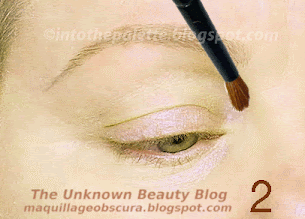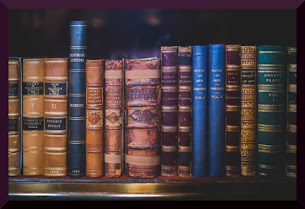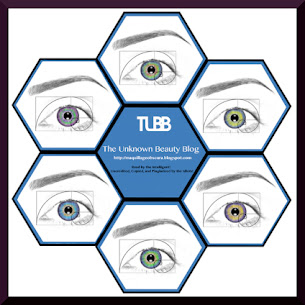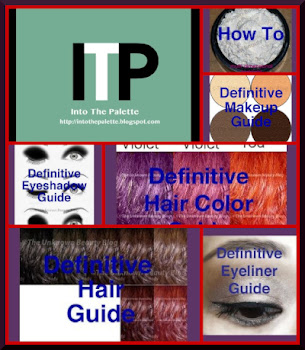When I first became a cosmetic addict, the only foundations available were the pumpkin orange and pretty pink based ones. (Anyone remember Maybelline and their oil-ridden foundations that had to be shaken to be mixed?) These were absolutely no match for my light olive complexion. In fact, I didn't even wear foundation in my younger years because there were absolutely no foundations that remotely matched my skin. I really gave up until I encountered the drama group who wore the theatrical stuff.
Theatrical stuff was still a bit off in color since it had to do with theatrical lighting. The colors were not exactly skintone friendly but they did provide more pigment which made them easier to mix. This is when I started experimenting with the theatrical/pro lines. I became comfortable with mixing and tweaking colors.
In this post, I will show you the basic of color mixing or otherwise some color theory. For you artists out there, you know this already so just skip this post.
Primary colors of red, blue, and yellow are the basics. (picture 1) The black creates the shade and the white creates the tint; black and white mixed together makes the grey. (I always think of these as clown colors and yearn for cotton candy and peanuts!) Taking the primary colors-red and blue make violet; yellow and blue make green; yellow and red make orange. The results are the secondary colors of violet, green, and orange. Mix these colors and you end up with a brown or earth tones. Add the black to darken and white to lighten. You really get an infinite amount of colors with just these basic ones. So how do you get the beige needed in foundations?
Beige is really a mix of red, brown, white, and yellow. Break this down and you have two primary colors of red and yellow then a tertiary color or the mix of the three primary colors to create brown and a tint-white. (picture 2)
Taking the brown (picture 3) I mix it with red, white, and yellow or even but to tweak the color to make it warm, cooler, lighter, or more olive based. Picture 4 shows the variations of color.
With these colors the possibilities are endless. If you like mixing colors I suggest getting a color wheel (picture shown at the beginning) for guidance. I have one from a haircoloring manual that is the same one that you see in art supply stores.
This knowledge comes in handy for the makeup artist, the MA can have the bare basic colors of foundation and tweak them with color enhancers/adjusters like the ones from Temptu. A starter pack is $45USD for a 1/4oz 7-pack.
No need to carry an entire range of foundations. Just remember with these adjusters, carry the appropriate formula; silicone based to mix with the cream/oil/silicone foundations and the water-based to mix with the water-based foundations. The size is just right at just 1/4 oz; sounds small but only drops are used because of the concentration of pigment. For the average consumer, I would say if you wished your foundation was a bit more yellow or more olive, these are the way to go without having to worry about buying too much of a color.
Do I suggest getting primary colors and mixing your own foundation? No, not in the least, but I know some of you love colors and love to play with cream colors. When you do play, just play around with the primaries and you will see all the fun possibilities!















